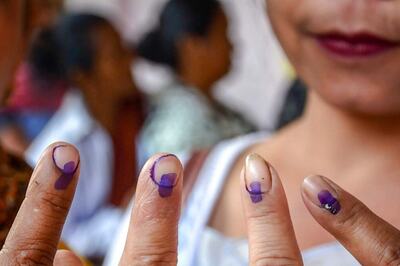
views
Dr Gagandeep Kang, a leading virologist and NTAGI member, on Saturday said that even though there is now consistent evidence that Omicron spreads significantly faster than the Delta variant, it did not increase in severity like Delta due to a phenomenon called epistasis where the background of mutations influences how genes actually work.
“We got really lucky with Omicron because of a phenomenon known as epistasis where the background of mutations influences how genes actually work. We wound up with the virus while it was capable of immune evasion of a level we have never seen before. But it did not result in the severity that we saw before. That’s not to say nobody got sick but the proportion was less,” Dr Kang said at a webinar titled, ‘Omicron: Enigma or End?’.
The doctor pointed out that heath experts earlier were quite worried about Omicron because of the number of mutations.
“We also did not understand how a virus with so many mutations could have evaded surveillance around the globe. There are multiple theories about how Omicron came. When people talk about protection from contracting Covid, they must understand that it is nearly impossible for a mucosal pathogen. We have seen this flu, influenza. We are relearning those same things with SARS-CoV-2,” Dr Kang said.
Two recent studies, not yet peer-reviewed, have claimed that immune evasion is the reason behind the Omicron variant’s increased transmissibility.
The Omicron variant, first reported from South Africa and Botswana in late November, has now been detected in 171 countries so far.
In many countries it has rapidly surged past other variants to become the dominant SARS-CoV-2 strain.
The two studies show that the variant has achieved success despite causing viral levels in the body that are similar to — or lower than — those of its main competitor, the Delta variant, Nature reported.
Omicron does not release large amounts of virus from infected people. The reason for its hyper-transmissibility stems from its ability to evade SARS-CoV-2 immunity caused by either vaccination or past infection, Emily Bruce, a virologist at the University of Vermont in Burlington, was quoted as saying.
In the first study by Harvard T. H. Chan School of Public Health in Boston, the researchers studied PCR-test results of nose and throat swabs collected from infected individuals and found that those who had Delta had a slightly higher peak viral load than did those with Omicron. “Naturally, you’d think that higher transmissibility must cause a higher viral load,” Benjamin Meyer, a virologist at the University of Geneva in Switzerland, was quoted as saying.
As a result, Meyer and team in their study measured only viral RNA. They also measured the number of infectious virus particles on swabs collected from a separate group of almost 150 infected people. This more stringent method found no significant difference between the viral loads of vaccinated individuals infected with Omicron and those infected with Delta.
Read all the Latest India News here



















Comments
0 comment